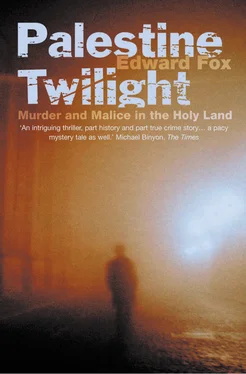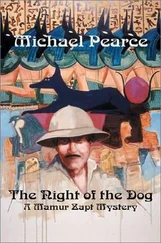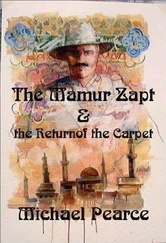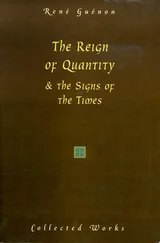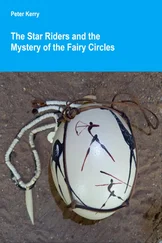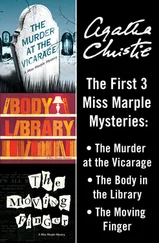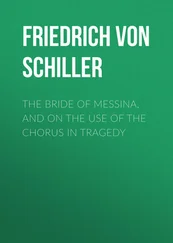The legend also enhances the reputation of Jerusalem as the home of sacred relics, and reflects the beginning of a tradition that persists to this day of the search for the physical remains of biblical history as a dimension of Christian spirituality. It establishes the idea of the Holy Land as one of the universal features of the Christian faith: a transcendental geography imposed on the mundane geography of southern Syria. In subsequent centuries, Jerusalem and surrounding sacred sites were the prized destinations of Christian pilgrims, and splinters of Helena’s True Cross and other relics were sold as sacred souvenirs for the pilgrims to take home with them. This account was an advertisement, intended to promote the pilgrimage industry, not a report.
Helena’s excavation techniques have been improved upon, but her archaeological assumptions have proven remarkably durable, persisting well into an age of scientific rationalism. She knew what she was looking for, and – with divine inspiration – she found it.
Before Helena’s visit, Christian pilgrimages to Palestine originating from outside the country were unknown. Visiting sacred sites was a local cult, preceding Judaism, Christianity and Islam. The Church’s earliest authorities considered it theologically unnecessary for Christians to tread the land that Jesus’s feet had trodden. Besides, the anti-Christian policy of the Roman authorities that governed Palestine discouraged Christian visitors. After Constantine’s institutionalization of Christianity in the Roman empire, pilgrimage was encouraged as a natural expression of piety. Monasteries and hostels were built to accommodate pilgrims. In the first centuries after Constantine, the numbers of pilgrims travelling to the Holy Land rose and fell in response to changing political conditions in the Mediterranean and the countries through which they were obliged to pass.
These early pilgrims were either very rich or very determined, as the journey was long, arduous and expensive. Pilgrimages would often take several years to complete. One of the earliest pilgrims to leave a written account was a nun named Egeria, probably from Spain, who visited Palestine in the years 381 to 384. Her narrative, of which only a fragment survives, shows her conducting her pilgrimage as a kind of liturgical ritual. Accompanied by monks, she and her party would offer prayers at every point of interest. She ascended Mount Sinai, where Moses received from God the stone tablets inscribed with the Ten Commandments, as if she were performing the ceremony of the Stations of the Cross.
Throughout her narrative she describes little that was not related to the network of hundreds of minor and major Christian shrines that by the time of her visit had been established in the region. Where a sacred site had previously been pagan, a Christian legend would be created to absorb it into the new landscape of religious meaning. From her point of view the whole country was like an enormous church. It was a land whose holiness, combined with its unfamiliarity to a European, rendered it unreal: pilgrims depended on local guides and story tellers, who wove inspiring tales of miracles and marvels about the sites on the pilgrim circuit, more or less closely based on familiar stories in the Old and New Testaments, sometimes wholly original. The folkloric impulse to create religious marvels was irresistible: the rock inside the Dome of the Rock in Jerusalem, for example, bears a mark that is interpreted as both the footprint of Christ and the handprint of Muhammad.
A pilgrimage was not a fact-finding mission. The point was to be amazed. The pilgrim beheld a holy site to enhance the faith that had brought him there, not to remove doubt through the acquisition of data.
This corpus of religious folklore, which as a whole constituted the holiness of the Holy Land, grew prolifically in the centuries after Constantine, and became part of what it meant to be a Christian. In the case of Jerusalem, the Holy Land’s focal point, the physical city came to be totally overshadowed by an idealized version that bore little resemblance to the original; the sacred geography became stylized and symbolic, existing purely in a realm of spiritual meaning. In maps, Jerusalem was often depicted as a circle, with a round wall enclosing the sacred sites, as if it were one of the celestial spheres. Besides the tomb of Christ and the site of his crucifixion, the Church of the Holy Sepulchre came to include the tomb of Adam (directly underneath the Cross), and the centre of the world itself: the shrine became a model in miniature of the Christian cosmos.
To increase the pilgrim’s sense of awe, the interior of the Church of the Holy Sepulchre was improved and augmented, with further spiritual power conveyed by ritual and art, and by the hallowed objects that had come into contact with the body of Christ in the course of his passion and crucifixion. A seventh-century account by a monk of the Scottish monastery on the island of Iona (basing his account on what a fellow monk told him) records that the Church of the Holy Sepulchre contained the cup that Jesus used at the last supper (made of silver, with two handles, and large enough to hold ‘a French quart’), the vinegar-soaked sponge that was thrust into Jesus’s mouth by a soldier, the spear that was used to stab him and the cloth that was placed over his body.
The power of the cult of the Holy Land was such that reverence for the Holy Sepulchre was not extinguished after the church and its contents were systematically destroyed in the year 1009. The demolition was carried out by soldiers based in Ramla acting on the order of the mad Fatimid Caliph Hakim bi Amr Allah, who was waging a particularly eccentric campaign of persecution of Christians and Jews in his dominions, which included Palestine. (At one point he required the Christians of Cairo to identify themselves in public by carrying large wooden crosses; Jews were compelled to carry wooden posts. He also banned the sale of mulukhiyya , a vegetable like spinach, fish without scales, wine, beer, grapes and honey, forbade women from going out of doors or even looking out of the window, and eventually came to believe himself to be God incarnate.) The destruction was thorough: according to an Arab historian, the Arab governor ‘did all he could to uproot the Sepulchre and to remove all trace of it, and to this effect he dug away most of it and broke it up’. The destruction of the shrine stopped the pilgrim trade temporarily, but once the church was rebuilt (1042–8) by the Byzantine Emperor Constantine Monomachus, with the destroyed Tomb of Christ replaced by a replica, the pilgrims returned in greater numbers than ever.
Al-Hakim’s destruction of the Holy Sepulchre spurred the launch of the First Crusade, a military campaign decreed by Pope Urban II at the Council of Clermont in 1095, to seize the Holy Land from Muslim rule. The Pope’s call ignited the popular imagination in Western Europe, and the subsequent capture of Jerusalem in 1099 inspired a new burst of growth in Christian geo-piety. The Dome of the Rock, the Islamic shrine built on the site of the Israelite Temple, was now seen as the Temple of Solomon itself, and the place where, in the Gospel narrative, Jesus was presented to the priests. The ‘Temple’ was absorbed into the ‘way of the cross’, the pilgrims’ tour of the sites associated with the life and death of Jesus. In the Jerusalem of the Crusaders, a new cult of the Temple came into being, established by the Knights Templar – the Poor Knights of Christ and of the Temple of Solomon to give them their full, formal name – a monastic military order who made their headquarters inside the Dome of the Rock. They developed a system of gnostic mysticism – secret religious knowledge – based on a sacred geometry of the octagon, after the octagonal shape of the Dome of the Rock, and on a concept of God as the architect of the world, as Solomon had been the architect of the Temple.
Читать дальше
